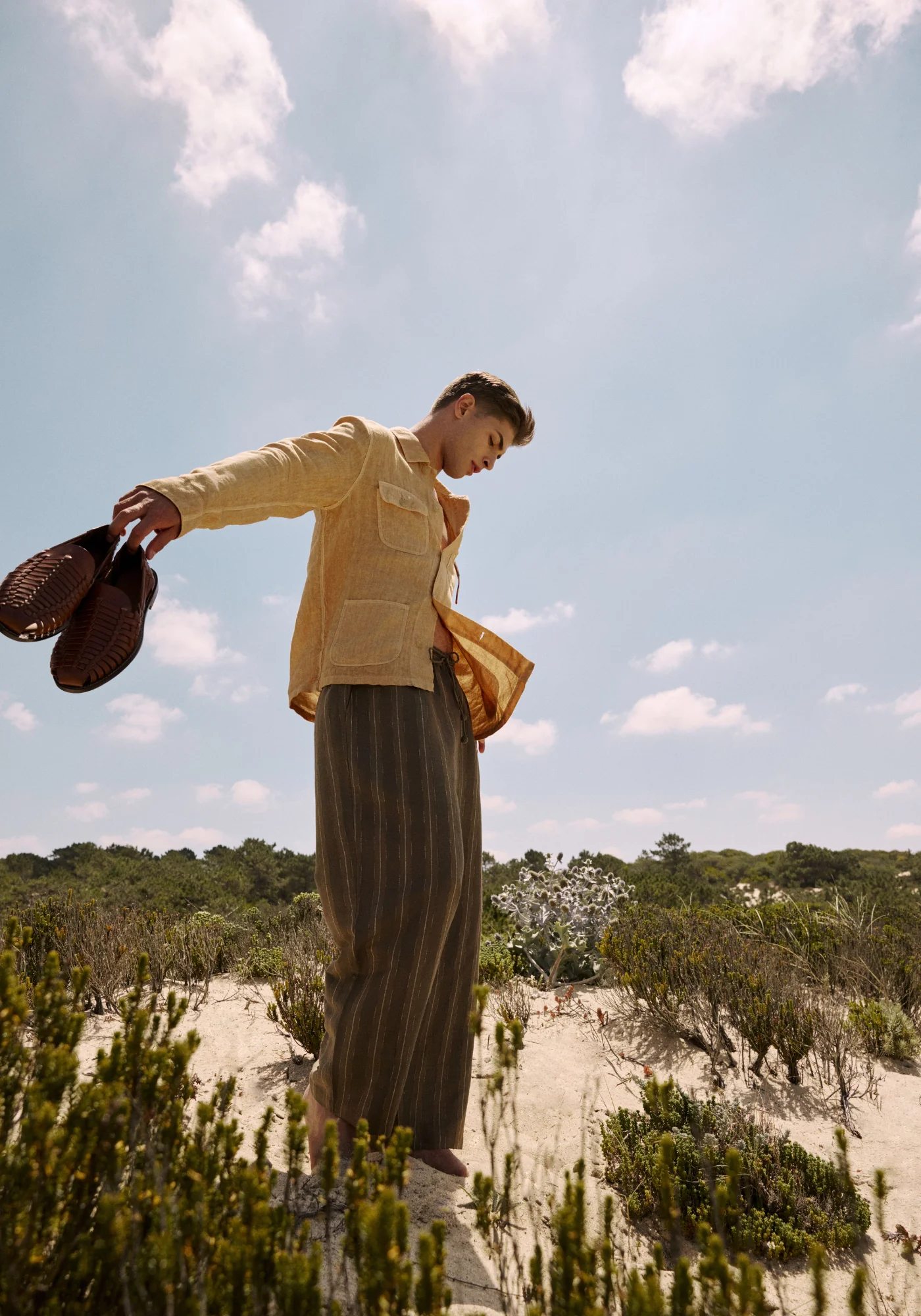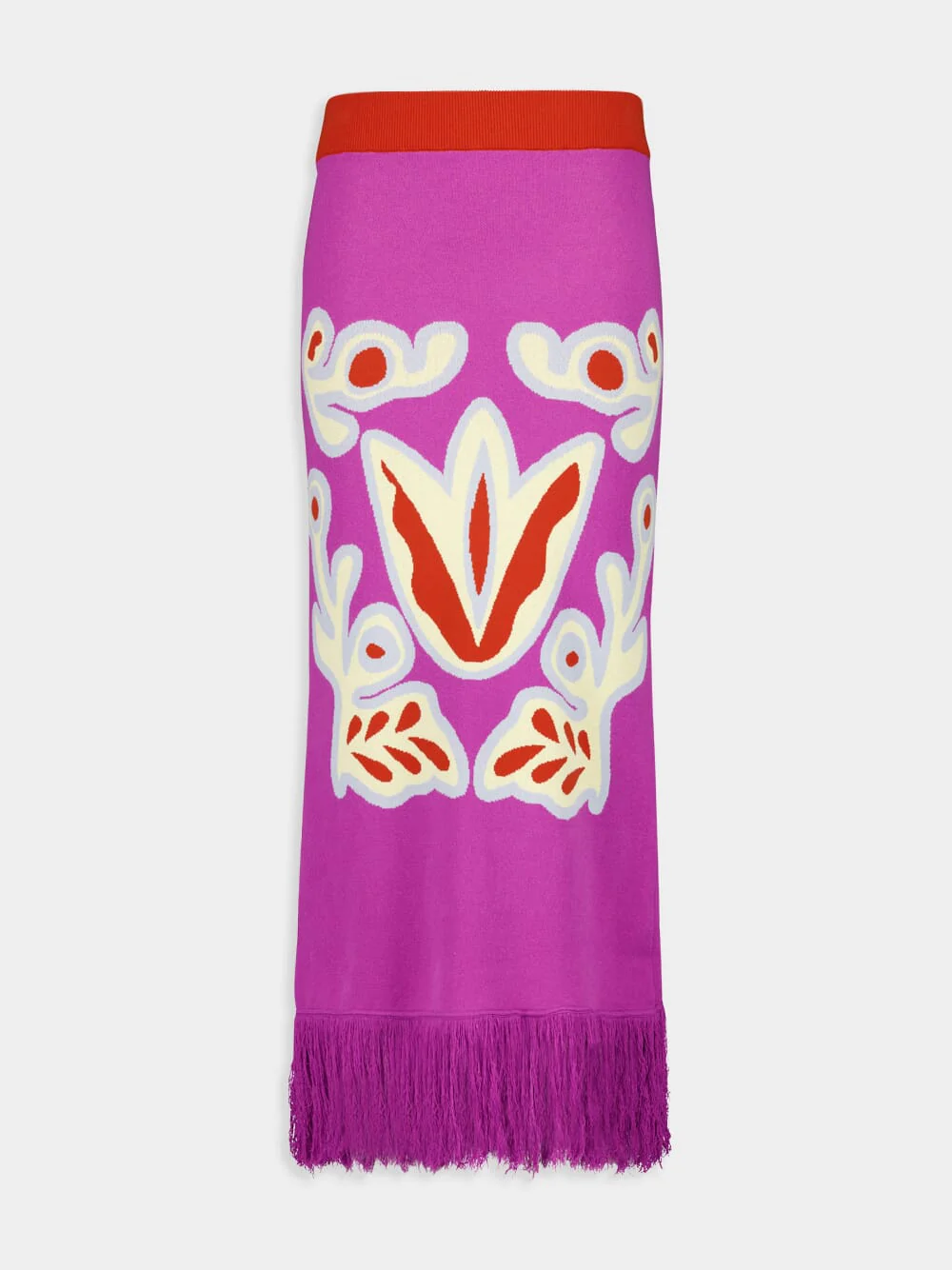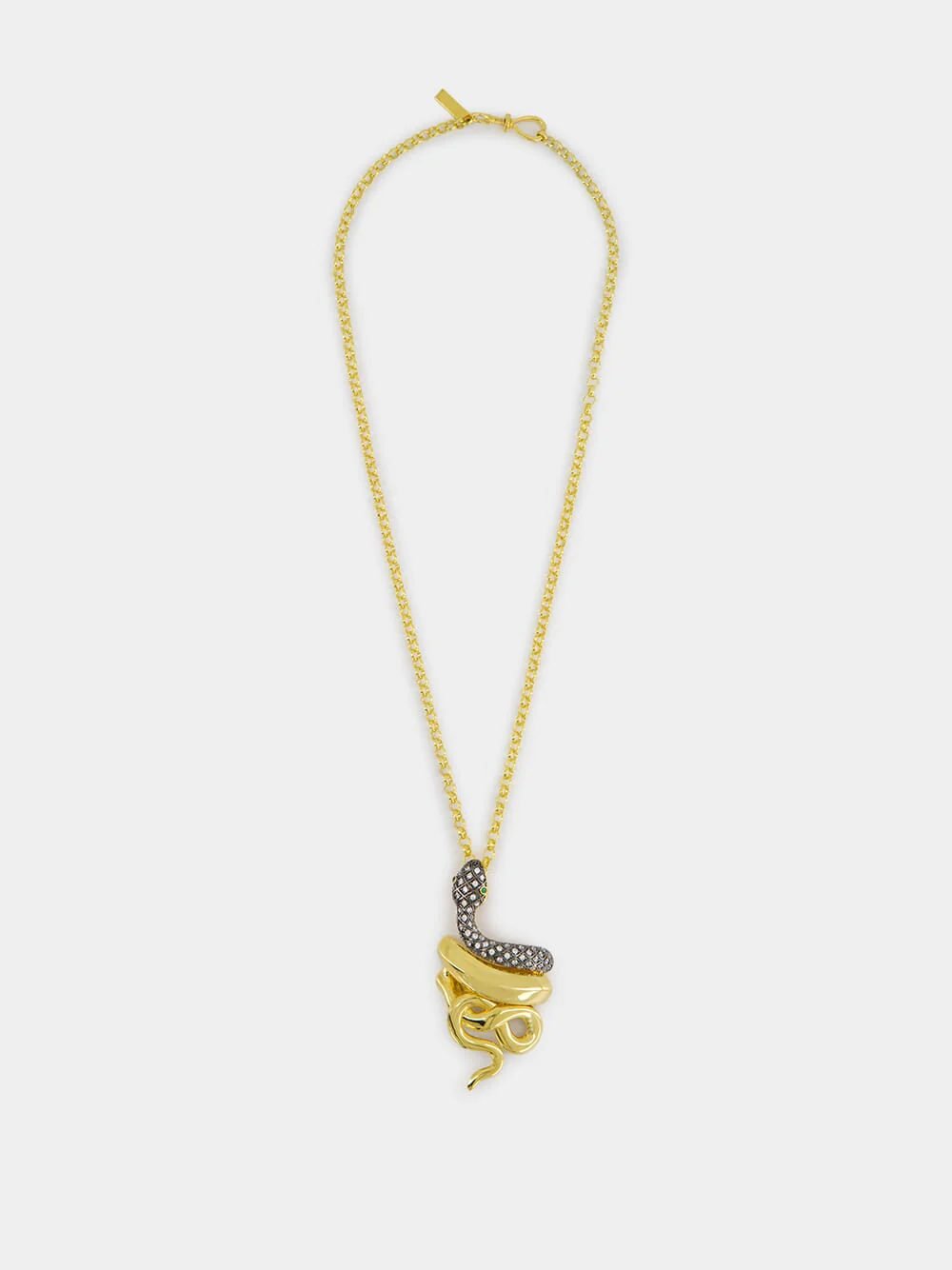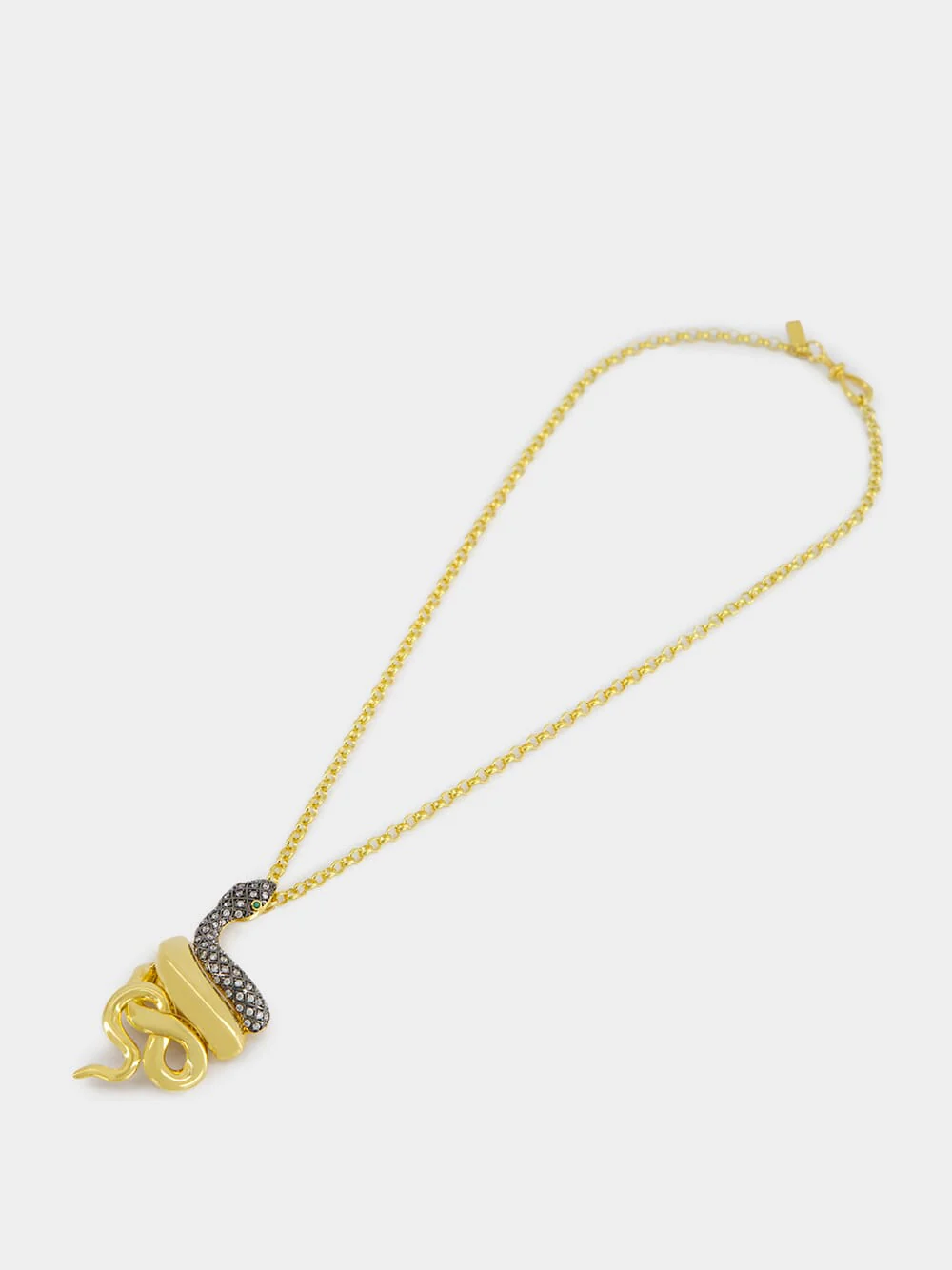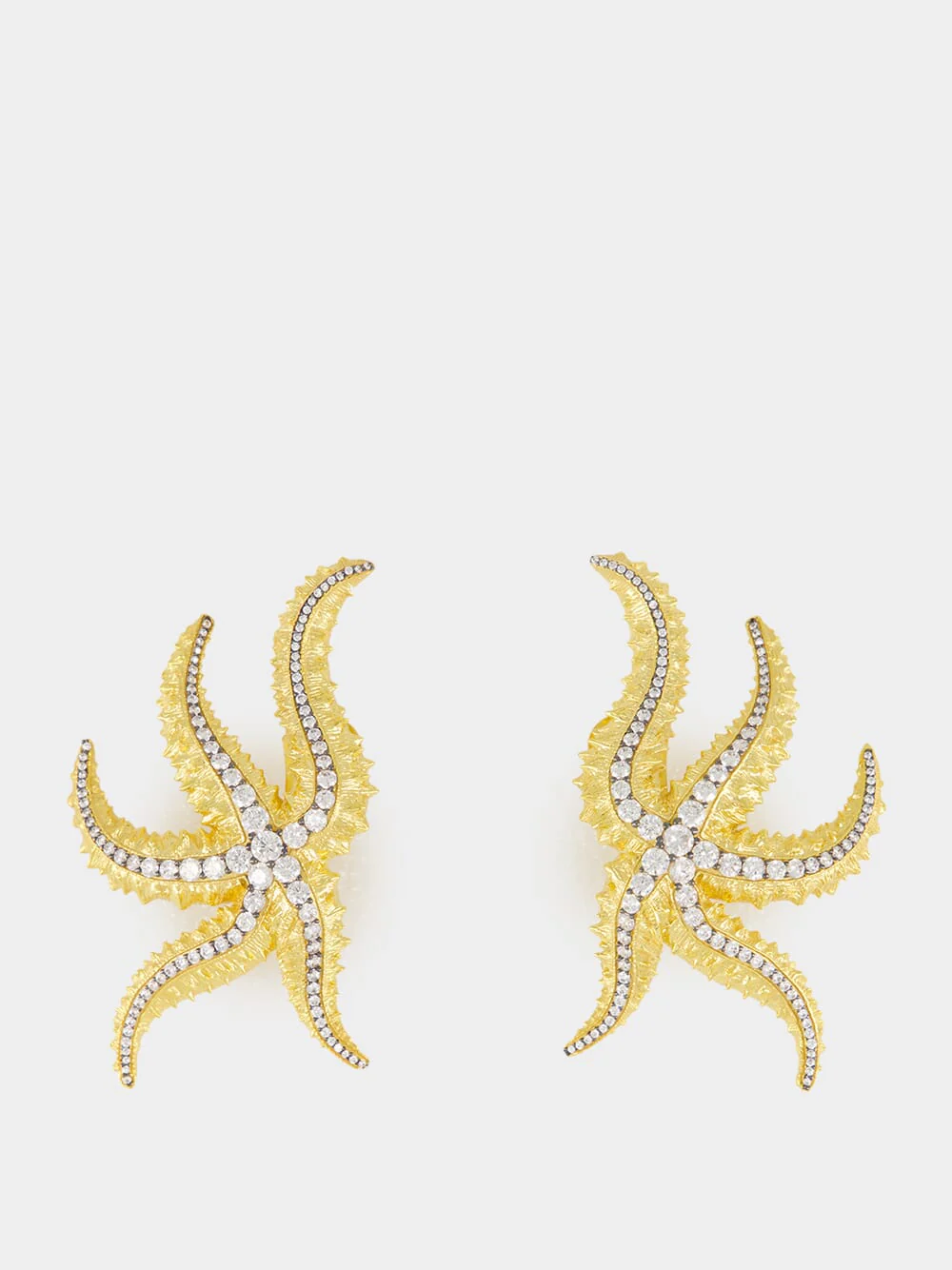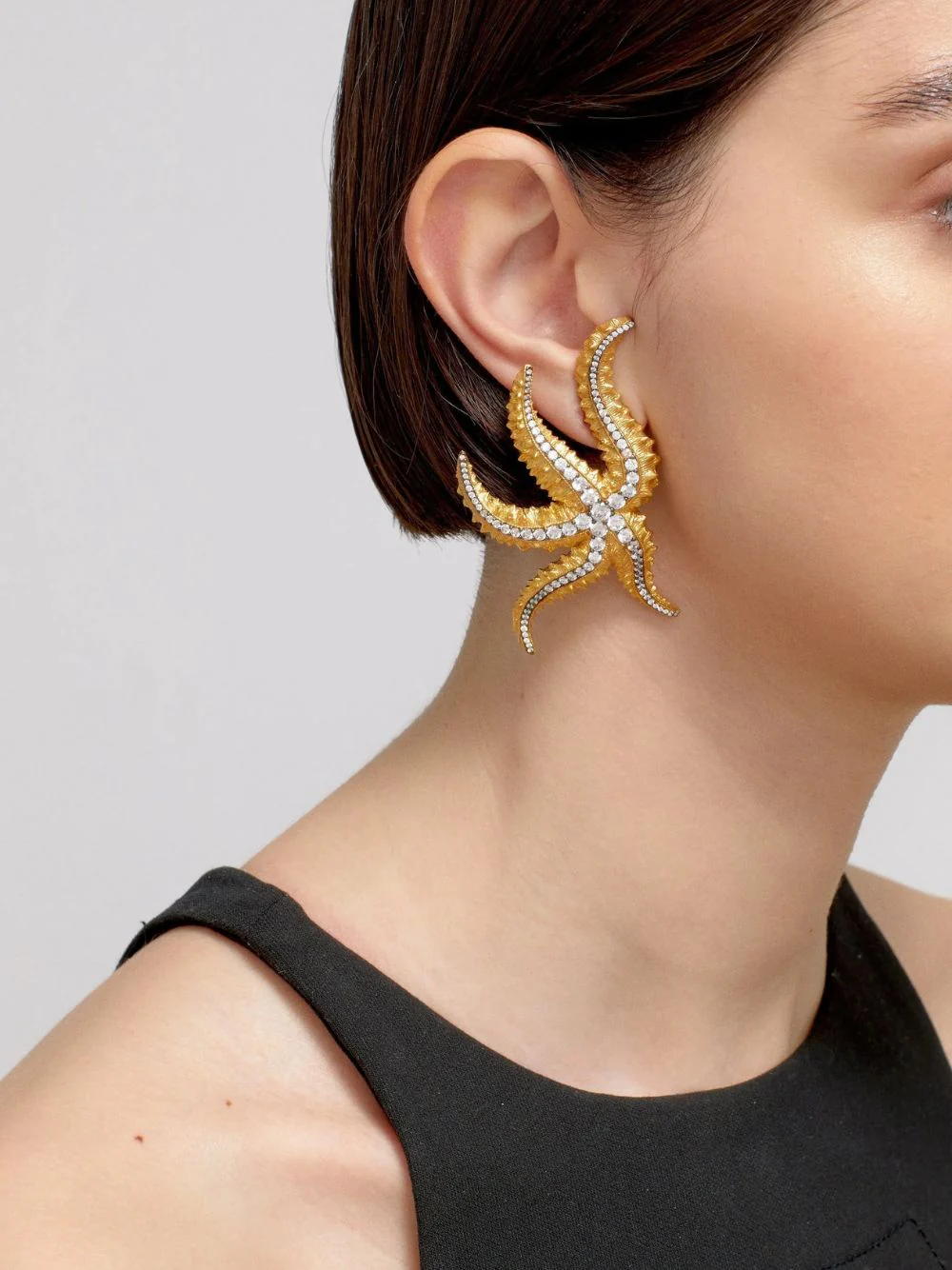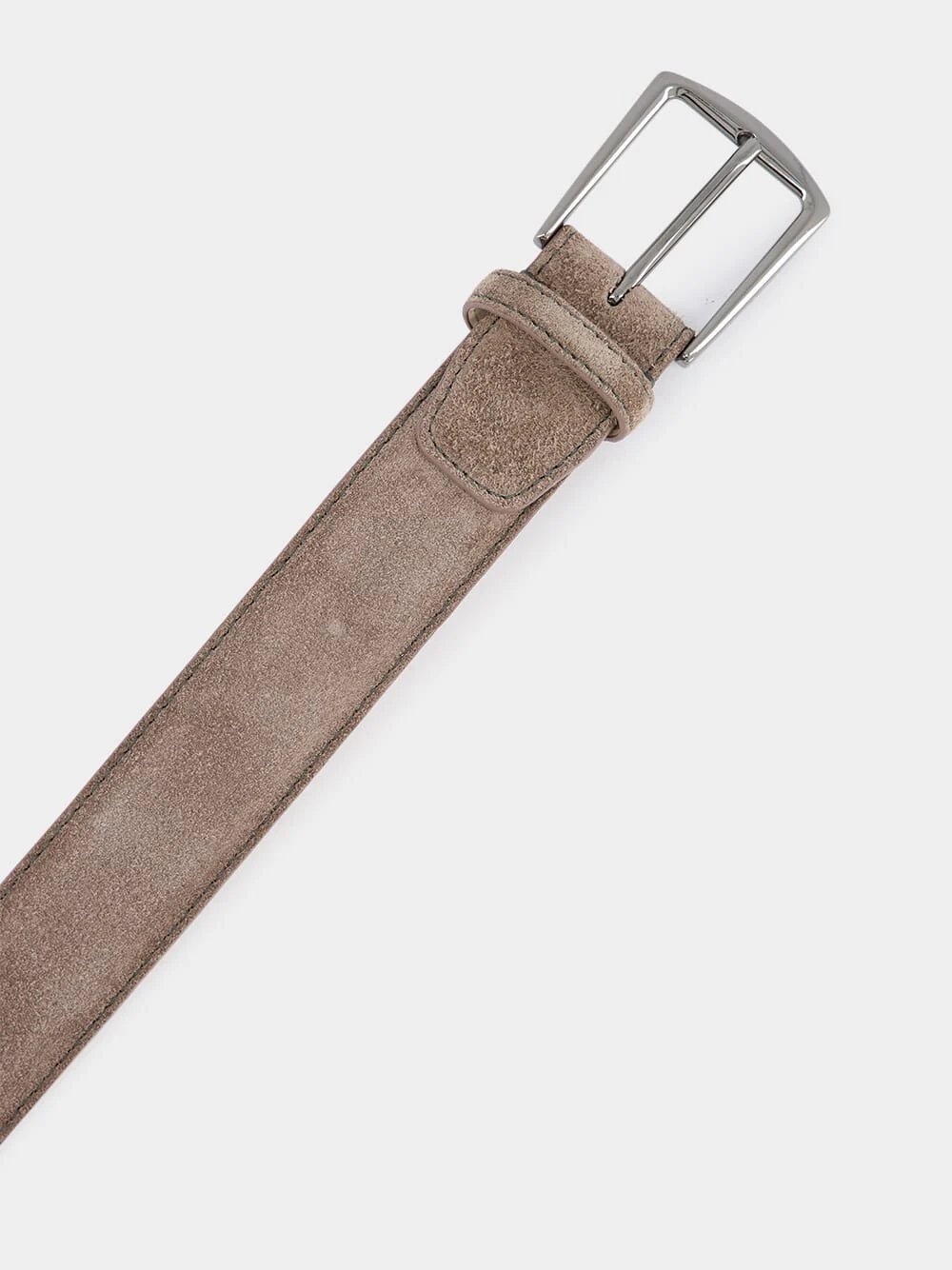Comporta: A (no tan) secreto bien guardado
Vayas donde vayas en Alcácer do Sal, es fácil encontrar a alguien que diga que ha tenido un encuentro con una luz. Una luz serena y muy brillante que acompaña a la gente en sus viajes nocturnos. La leyenda varía de municipio a municipio, pero aquí se llama luz de Caniceira, una especie de fuego fatuo que lleva décadas excitando la imaginación. Donde hay humo, hay fuego, y las leyendas cuentan una historia, añaden condimento a un misterio, al fin y al cabo, la vida sin misterio no es nada. Esta es la realidad surrealista que te corta las alas y te mantiene con los pies en la tierra, pero veamos: en Comporta, la gente siempre tiene los pies en la arena y la cabeza en el cielo, lleno de estrellas hasta donde alcanza la vista por la noche y de un azul que toca el mar durante el día. Es un lugar donde todo puede suceder, donde la magia surge cuando desaparecen las señales de los teléfonos móviles. Y si algo tiene esta tierra es una luz que te envuelve. ¿Por qué si no, todo el mundo se sentiría tentado a mudarse aquí?




























































































